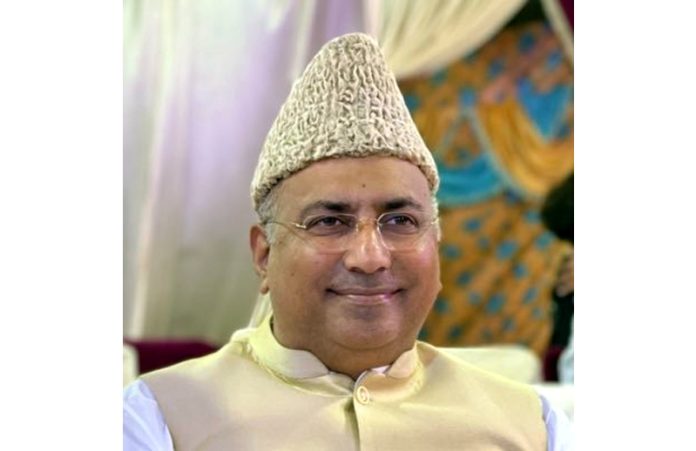Excelsior Correspondent
SRINAGAR, July 14: Member of Parliament Rajya Sabha, Gulam Ali Khatana has urged Lieutenant Governor, Manoj Sinha to extend the coverage of two crucial welfare schemes to the remaining remote areas of Jammu and Kashmir. The MP emphasized the need to bring the Jal Jeevan Mission (JJM) and (Pradhan Mantri Sahaj Bijli Har GharYojana) Saubhagya Schemes to all citizens of the Union Territory, regardless of geographical barriers.
The JJM aims to provide safe and adequate drinking water through individual household tap connections, while the (Saubhagya) seeks to achieve universal household electrification. Both schemes, launched by Prime Minister, Narendra Modi, have been instrumental in improving the quality of life for numerous residents of Jammu and Kashmir.
However, Khatana pointed out that several remote areas remain uncovered by these schemes. He specifically mentioned Gulabgarh in Reasi district, Marwah Sub Division of Kishtwar district, and various areas in Ramban, Doda, Rajouri and Poonch districts.
“I received numerous deputations from these regions, with residents expressing their long-standing wait for these basic amenities”, he added.
Khatana commended Lt. Governor, Sinha’s public outreach programme, which has provided a platform for citizens to voice their concerns directly to the administration. Nevertheless, he stressed that immediate attention is required in areas still lacking basic amenities like potable water and electricity.
The MP’s appeal comes at a time when the Union Territory is striving to achieve 100% coverage under both schemes. While significant progress has been made, the challenging terrain and remote locations of some areas have posed obstacles to complete implementation.
Khatana highlighted the ongoing challenges in infrastructure development in Jammu and Kashmir, particularly in its more isolated regions. It also underscores the importance of these Central Government schemes in bridging the development gap between urban and rural areas.


